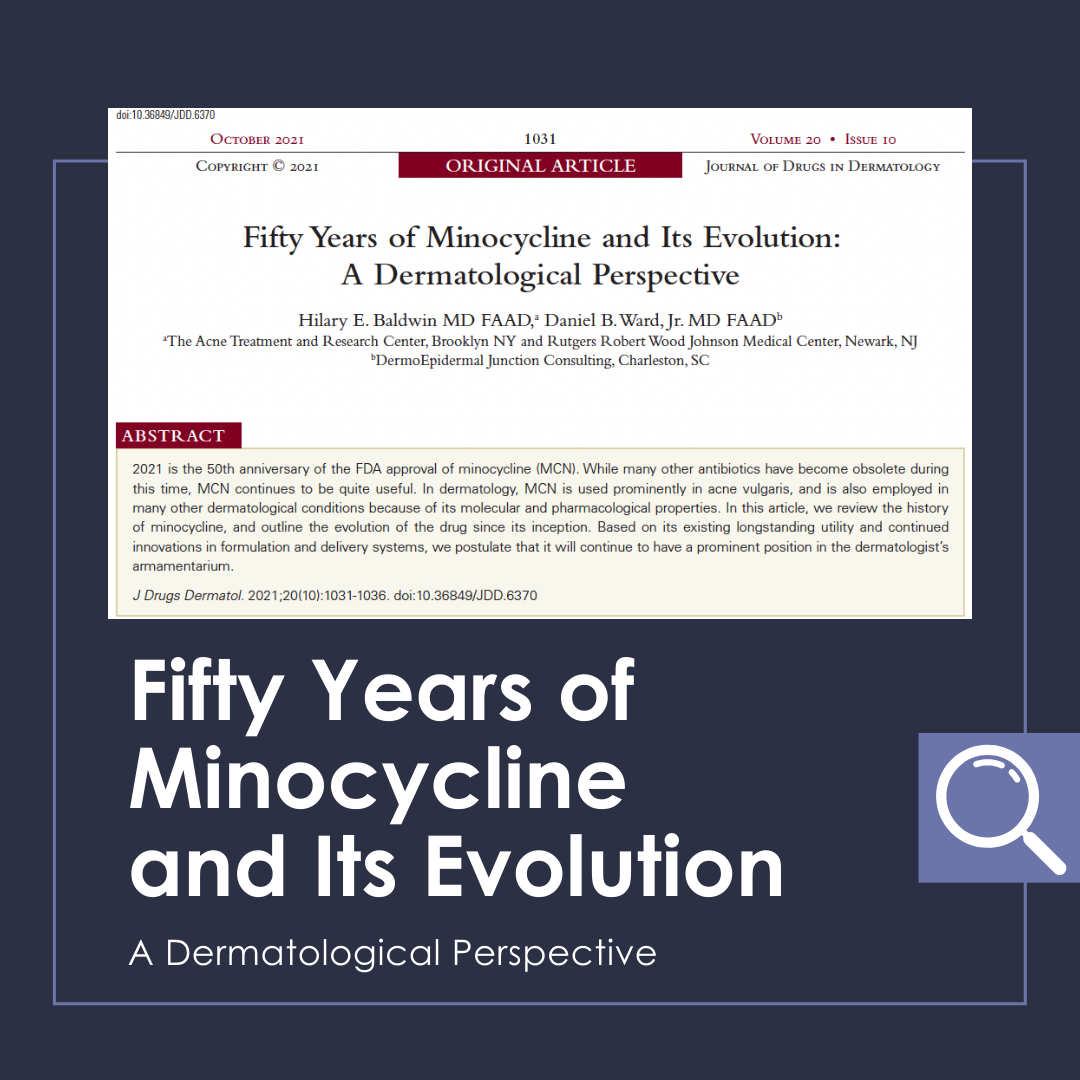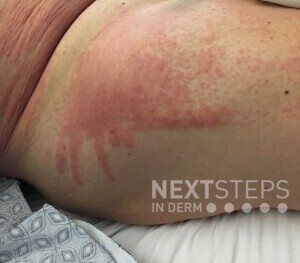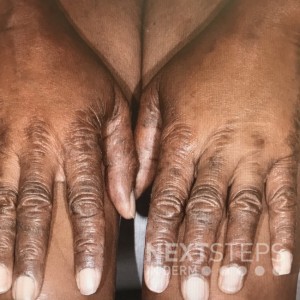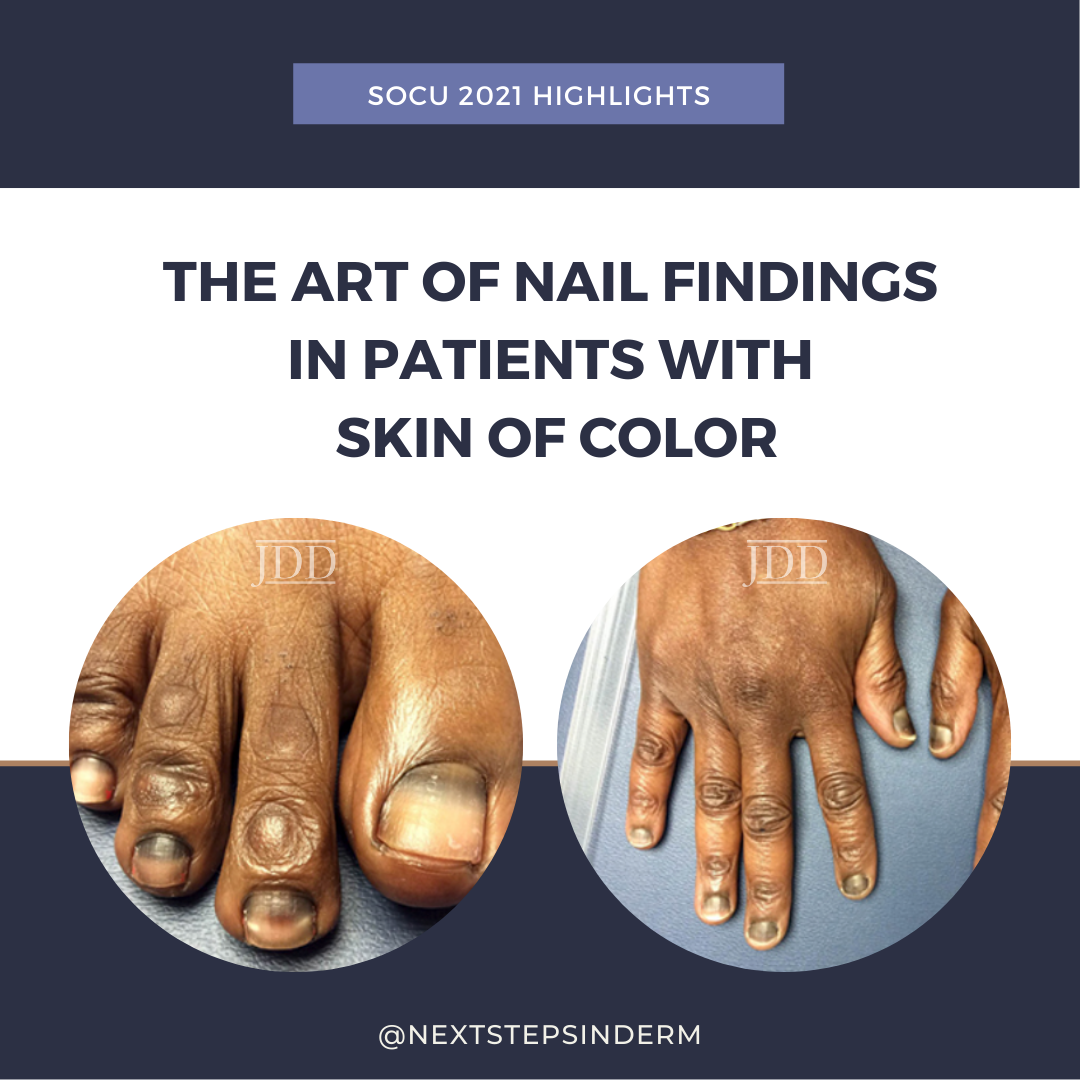Fifty Years of Minocycline and Its Evolution: A Dermatological Perspective
 2021 is the 50th anniversary of the FDA approval of minocycline (MCN). While many other antibiotics have become obsolete during this time, MCN continues to be quite useful. In dermatology, MCN is used prominently in acne vulgaris, and is also employed in many other dermatological conditions because of its molecular and pharmacological properties. In this article, we review the history of minocycli …
2021 is the 50th anniversary of the FDA approval of minocycline (MCN). While many other antibiotics have become obsolete during this time, MCN continues to be quite useful. In dermatology, MCN is used prominently in acne vulgaris, and is also employed in many other dermatological conditions because of its molecular and pharmacological properties. In this article, we review the history of minocycli …
 2021 is the 50th anniversary of the FDA approval of minocycline (MCN). While many other antibiotics have become obsolete during this time, MCN continues to be quite useful. In dermatology, MCN is used prominently in acne vulgaris, and is also employed in many other dermatological conditions because of its molecular and pharmacological properties. In this article, we review the history of minocycli …
2021 is the 50th anniversary of the FDA approval of minocycline (MCN). While many other antibiotics have become obsolete during this time, MCN continues to be quite useful. In dermatology, MCN is used prominently in acne vulgaris, and is also employed in many other dermatological conditions because of its molecular and pharmacological properties. In this article, we review the history of minocycli … Continue reading "Fifty Years of Minocycline and Its Evolution: A Dermatological Perspective"


 A 57 year-old-female is post-op day 2 from a knee replacement. Dermatology is consulted for the dermatitis seen here. It is pruritic, and has not responded to 1% hydrocortisone. What is the most likely etiology of the physical findings?
A. Allergic contact dermatitis to a soap or other topical application
B. Irritant contact dermatitis due to excessive rubbing during the cleansing proces …
A 57 year-old-female is post-op day 2 from a knee replacement. Dermatology is consulted for the dermatitis seen here. It is pruritic, and has not responded to 1% hydrocortisone. What is the most likely etiology of the physical findings?
A. Allergic contact dermatitis to a soap or other topical application
B. Irritant contact dermatitis due to excessive rubbing during the cleansing proces …  SELF magazine recently covered supermodel Linda Evangelista’s recent admission that she developed paradoxical adipose hyperplasia (PAH) after undergoing cryolipolysis. The article mentions a 2017 Journal of Drugs in Dermatology review that found the incidence of PAH post-cryolipolysis may be higher than previously reported.
I reached out to one of the authors of the review, Jared Jagdeo, MD, …
SELF magazine recently covered supermodel Linda Evangelista’s recent admission that she developed paradoxical adipose hyperplasia (PAH) after undergoing cryolipolysis. The article mentions a 2017 Journal of Drugs in Dermatology review that found the incidence of PAH post-cryolipolysis may be higher than previously reported.
I reached out to one of the authors of the review, Jared Jagdeo, MD, …  What is the most likely associated chronic infection?
A. Hepatitis B
B. Hepatitis C
C. HIV
D. HTLV-1
E. Mycobaterium Tuberculosis
To find out the correct answer and read the explanation, click here.
Brought to you by our brand partner Derm In-Review. A product of SanovaWorks.
…
What is the most likely associated chronic infection?
A. Hepatitis B
B. Hepatitis C
C. HIV
D. HTLV-1
E. Mycobaterium Tuberculosis
To find out the correct answer and read the explanation, click here.
Brought to you by our brand partner Derm In-Review. A product of SanovaWorks.
…  Dr. Shari Lipner, Associate Professor of Clinical Dermatology and Director of the Nail Division at Weill Cornell Medicine and President of The Dermatologic Society of Greater New York, shared her expertise of nail disorders in patients with skin of color: from nail psoriasis and onychomycosis to subungual melanoma.
Dr. Lipner’s lecture focused on the following key points (spoiler alert!):
…
Dr. Shari Lipner, Associate Professor of Clinical Dermatology and Director of the Nail Division at Weill Cornell Medicine and President of The Dermatologic Society of Greater New York, shared her expertise of nail disorders in patients with skin of color: from nail psoriasis and onychomycosis to subungual melanoma.
Dr. Lipner’s lecture focused on the following key points (spoiler alert!):
…